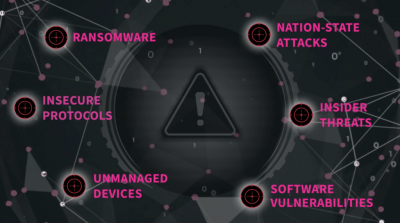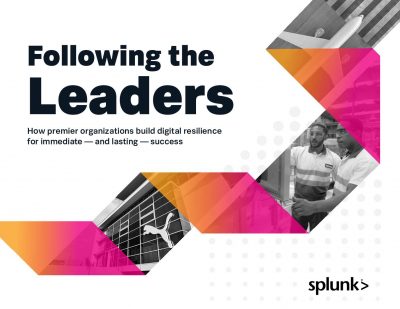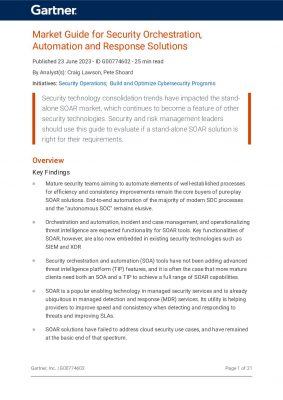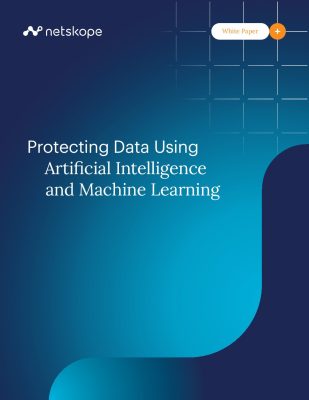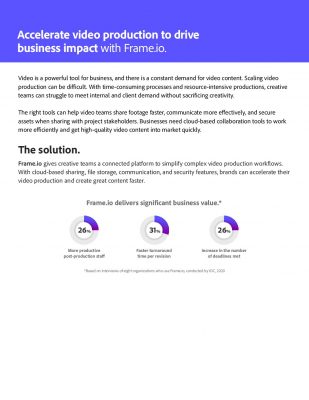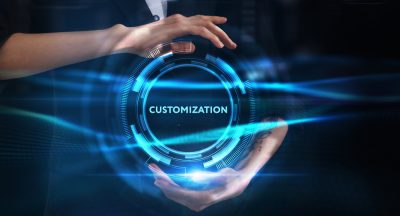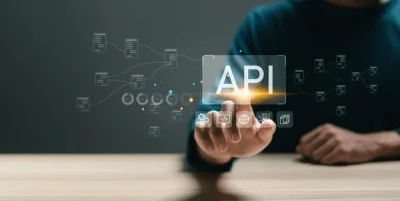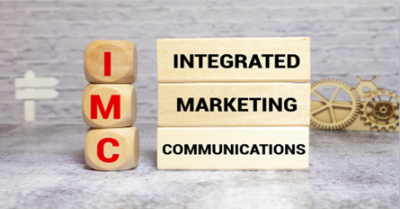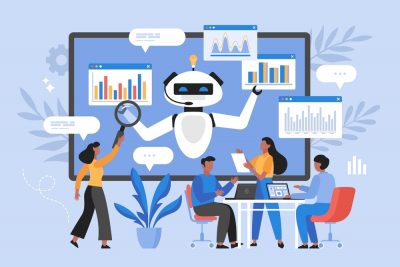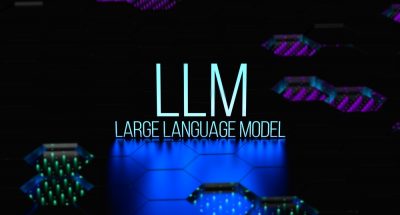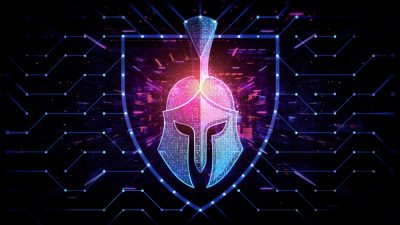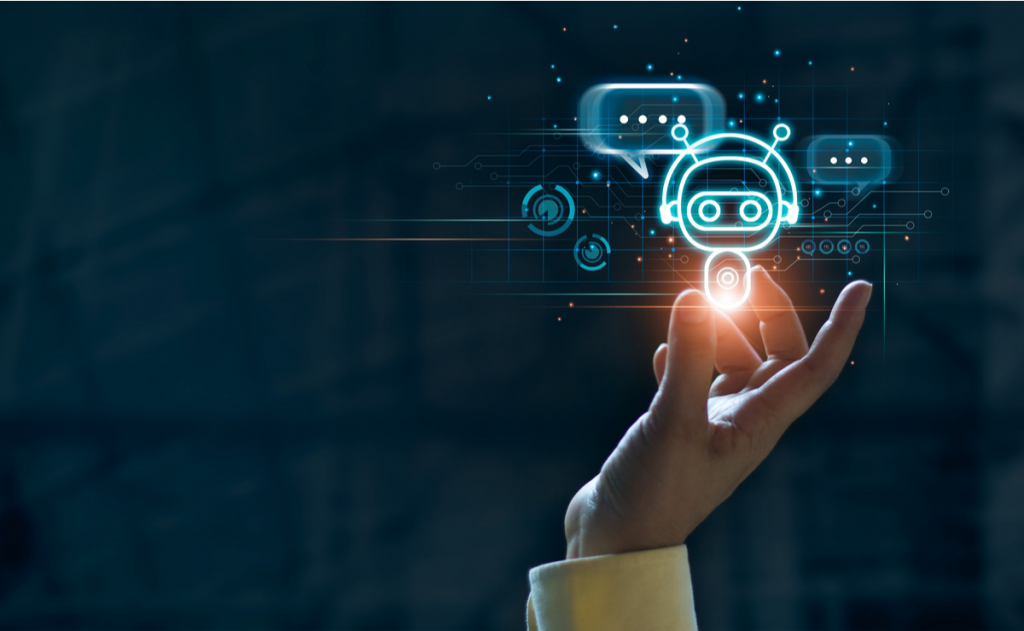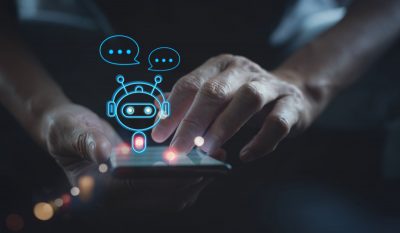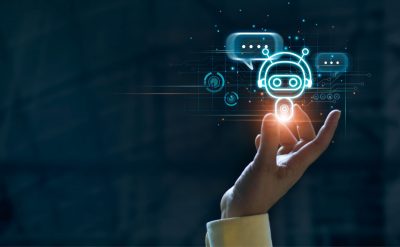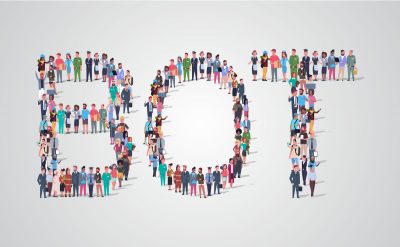Chatbots are now a highly demanded entity, especially when it comes to corporate communications. But before we rush into making any decision, it is essential to understand the working of chatbots, their implementation and which one would be the best pick for an organization.
A Facebook survey mentioned that more than 50% of the consumers found it favorable to buy products from a company that facilitates chat functionality. Because of their ease of use and reduced wait times, chatbots are gaining immense popularity among both brands and consumers.
Intelligent chatbots are already able to understand users’ questions from a given context and react appropriately. Bringing together an immediate response and round-the-clock connectivity makes them an enticing way for brands to connect with their customers.
Importance of bots
Chatbots can be defined as a piece of software that is capable of communicating with humans. It can be used in different applications and websites. It offers support and assistance to the user as and when required while performing a particular task.
Many organizations are developing various types of chatbots for the smooth functioning of their businesses. Chatbots help companies improve clients’ experiences and reduce customer service costs.
One can say, a chatbot’s work is similar to that of instant messaging. A chatbot can easily simulate human conversations. It helps to fill the communication gap between a human and a machine, which can be in the form of messages or voice commands. A chatbot does not require human assistance. They are programmed to answer questions based on natural language processing. It replies using pre-programmed scripts and Machine Learning (ML) algorithms.
There are two main categories of chatbots: One that works on a series of rules, Rule-based Chatbots, and the other that uses Artificial Intelligence (AI) – AI-based chatbots. Let’s talk about both in detail.
Rule-based chatbots
Chatbots that use a series of defined rules fall under this category. This type of bots use pre-defined rules and a set of questions. Such kind of chatbots cannot generate their answers. They need an extensive bunch of answers and smartly designed rules in order to be useful and productive.
Decision-tree bots is another name for these chatbots as a decision tree is used to guide rule-based chatbots. Here, the user is given pre-defined options that lead to the desired answers.
Rule-based chatbots do not answer those questions that are out of the defined rules. This, however, is not a drawback, as the fundamental role of such chatbots is to answer queries from the given defined set.
An example of rule-based chatbots is when they are used as an FAQ resource, and they don’t need to have multiple example conversations to feed it for the response.
Pros –
- Rule-based chatbots are highly secured and accountable.
- They are quick to learn and cost-effective.
- Faster to implement in bots.
- Easily integrable with legacy systems.
Cons –
- More of the robotic chatbot rather than conversational.
- These chatbots need manual feeding as they require training to improve manually.
- Independent operation of these bots is not possible.
AI-based chatbots
AI-based chatbots work on complex ML models. The ML model enables them to self-learn with the help of provided data and then generate the required answers accordingly.
As AI-based chatbots are trained using ML models, it helps build a better connection between the questions asked by the users in different ways and languages. These chatbots are capable of understanding the context and intention of the question before they answer them. As soon as the question’s intent is clear, they start building up their answers for more complicated questions using Natural Language Processing (NLP).
NLP supplements the chatbot’s ability to understand and respond to all human queries. With the help of ML techniques and AI capabilities, bots tend to turn smarter with time.
AI-based chatbots help divert precious human resources to some more focused tasks. Human intervention is required only when the user asks a very complicated question.
Alexa, Siri, and Google assistant are some best examples of AI-based chatbots.
Pros –
- Learns from the given info.
- Increases customer engagement.
- Understands and interacts in different languages.
- Ability to understand the context of the question.
Cons –
- Requires more data for training; cannot be trained under limited data.
- The implementation process is long and complex as it takes a larger amount of data for training.
- Correcting wrong interpretations takes an ample amount of time.
Choosing the right one!
Both rule-based and AI-based chatbots have their advantages and limitations. Here, choosing a hybrid chatbot can be the best solution. Hybrid-based chatbots work on some rule-based tasks and can understand human intent and context.
Medical Diagnosis chatbot is one of the best examples of a hybrid chatbot. Chatbots enquires about patients’ symptoms in a rule-based pattern, while AI-based chatbot is used to solve queries.
Conclusion
Companies today are showing their online presence using a website or social media channels. Such firms need to capitalize their presence using custom chatbots to communicate with their target audience easily.
Advancements in NLP have made it possible for chatbots to communicate with consumers as humans do. Implementing chatbots helps businesses save resources, time, and cost and does maximum work in less time.
In order to stay ahead in the future and achieve future advancements, organizations need to implement hybrid chatbots.
To learn more about similar technologies, visit our whitepapers here.

